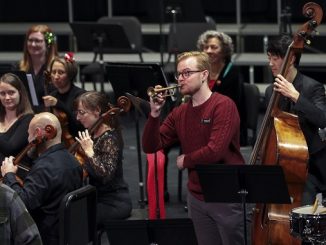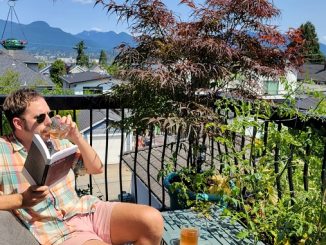Derek Hayes began writing history books in the late 1990s, publishing his first book, Historical Atlas of British Columbia and the Pacific Northwest in 1999. The book illustrated history with old maps, ones drawn at the time, which showed what people knew about at that moment. It was a new approach, one that had hardly been used by historians at that point, and was an instant success, selling well over 30,000 copies in both Canadian and American editions, a huge amount for an essentially regional title. The book also received a number of awards and launched a new career, which has, to date, led to the publication of 19 books, including historical atlases of Canada, the United States, California, the Arctic, North American railways, early railways, Vancouver, and Toronto, as well as another, but a completely new, historical atlas of British Columbia. Many of these books garnered awards, and Derek is the only person (to date) to have received the BC Lieutenant Governor’s Medal for Historical Writing twice. A full list of books can be found on his website.
Derek travels widely researching his books since much of the early material is found in foreign archives; much for Canada is in archives in London, England, and Paris, France. His most recent book, Iron Road West, published in 2018, is a profusely illustrated account of the history of British Columbia’s railways. He lives in White Rock.
Derek is also a photographer, with many of the illustrations in his books having been taken personally. For a time he taught a course for his local arts organization called Don’t Take Photos – Create Art. His new book, Incredible Crossings: The History and Art of the Bridges, Tunnels and Inland Ferries that Connect British Columbia, reflects an affection for photographs of bridges, which often have especially photogenic curves and lines. This was augmented during the pandemic with two tours of British Columbia looking for artistic bridges and inland ferries to add to his existing collection. Photographs include some taken with a fisheye lens – one or two taken vertically through the sunroof of a moving car – and some taken with a camera converted to infrared, which is sensitive to a whole different spectrum of light. The book includes many details of how photos were taken, so it is of interest to photographers as well as the general reader. Some photos have been processed for special effects, such as, for example, an old process called solarization, where a negative was exposed to the sun for a while during development. Combining the photos with details of history has created a unique book combining history and art. The book will be published by Harbour Publishing in October.







***
Which ’hood are you in?
Derek lives in White Rock and loves walking along the beach both there and at nearby Crescent Beach.
What do you do?
I’m a historian and author.
What are you currently working on?
He is currently working on a history of high-speed trains (“from Rocket to Bullet and Beyond”) and in fact had to cancel a research trip to Japan when Covid began and instead focus on his upcoming more local book on British Columbia bridges.
Where can we find your work?
Many of his books are listed on bookseller websites, including Amazon and Indigo, and publisher websites for Douglas & McIntyre and Harbour Publishing. His own website lists all his books.




